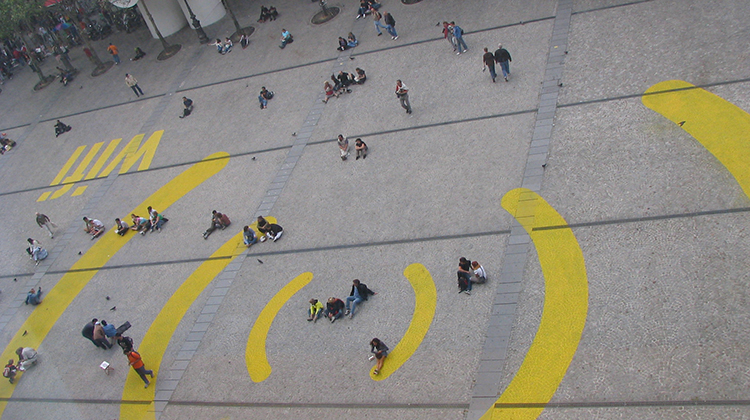What if COVID -19 changes education for the better?

Silver linings have been few during the virus but it has forced teachers to think on their feet, innovate rapidly and explore the full capacities of technology to teach remotely.
There are advantages to making remote teaching and strategies developed during COVID a permanent part of how educating is done; it suits some students’ situations and others like learning off campus.
Chris Burn, Deputy Principal for Students from Star of the Sea in eastern Melbourne, says that remote learning is a good fit for the less outgoing students at the girls’ school.
“School is not great for some of our students, they like working on their own, they can be a bit introverted and some just don’t want to come to school. Funnily enough, those students are engaging really well. We could apply a different strategy for these students in future.
“One of my maths students told me that she is really enjoying it, she said she could get up a bit later and work quietly. The flip side of it is the students who have said that they are really missing their friends, missing their school and missing their social time,” says Burn.
“There is an advantage for the more socially adept students in regular classrooms. Those quieter students end up having to compete with the more extroverted students,” says Fiona Webster, the Assistant Principal and Program Director for DET Initiatives at Virtual School Victoria – now the largest public school in the state with over 4000 students enrolled and learning mostly online.
The content that schools have created for online delivery will continue to be useful post the pandemic.
“The material we’ve generated will certainly be used, particularly Moodle video clips for students who have been struggling, have diverse learning needs, or for those students who might want to work ahead,” says Burn. “We can post material for students to work on at home and then come back to class with their questions. A lot of the resources we’ve prepared are not going to go to waste.”
Remote learning content will be used to keep Star of the Sea pupils, who have been away due to illness or haven’t been able to attend because of sporting or arts commitments, up to date. This probably would not have happened if it hadn’t been for the virus Burn says.
“Students would have been told to contact their teacher if they wanted to catch up,” he says. “Were it not for the virus, not as much work would have gone into capturing video clips of classes.”
Virtual School Victoria’s online delivery is evidently very popular with students and parents given the massive student numbers. It’s a flexible approach to learning and VSV also caters to students in remote areas. VSV also provides access to subjects that aren’t available in some schools.
Classes are mostly held off campus with students coming in to use facilities like the science labs. This existing format gave the school a lead during COVID, while others needed to quickly realign to remote learning.
“The students are mostly remote, but teachers are not remote, and that’s where our challenge has been,” Webster says. “We do still have issues finding enough staff; up until this point we’ve been quite restricted by the number of teachers we can physically house. If we could teach more teachers to work remotely we would definitely be able to cater to more children.”
Learning under lockdown has forced students to get on board with learning technology and explore its capabilities.
“There is this misconception that students have good digital skills,” Webster says. “Students are great with social media, but they’re not really great with a lot of other digital tools. I think that students enrolling in the future will have greater proficiency with a range of tools when they come to us. They will have had some experience of working online [due to COVID-19], which will give them a head start.”
Virtual School Victoria teaches the Victorian curriculum, which is distinct from a home-schooling situation. However, families that have been home schooling can still retain that home environment while accessing mainstream education through VSV.
The development of staff skills has been a massive area of growth during the Coronavirus pandemic too. Burn has seen members of his faculty fully embrace learning technology and the new abilities they’ve gained will make lesson planning and delivery much easier when school returns to a face-to-face format.
“Staff have really grabbed onto IT; they’re trying all sorts of different things with it,” he says. “Creating lessons can be absolutely draining. Now they’ll be able to mix up their classes a bit with online resources.”
These interviews eventuated as part of the "Virtual Schooling and COVID-19: Lessons Learned" online panel discussion CareMonkey hosted. The link to the full session can be found here.
Image by Arkangel under flicr cc attribution license